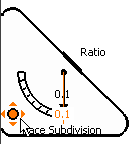 |
The task shows you how to create a set of faces inside selected faces. |
 |
A sphere has been created. |
 |
-
Click Face Subdivision
 . .
 |
You can also access this command by pressing
ALT+SHIFT+D. |
-
Select the surface to be subdivided.
| A Tools Palette is displayed: |
 |
| The following icons let you: |
|
|
-

|
| A slider is displayed at the
right of the screen to let you define the ratio between 0.1 and 0.9.
Drag the slider to the desired ratio. |
-
Click to subdivide a face.
-
Press Ctrl to add elements and subdivide the
selection.
 |
You can also add elements by pressing
Shift and drawing a trap. |
-
Release the mouse when you are satisfied with the new
topology of the surface.
-
 |
-
-
-
-
-
|
|
 |
-
-
-
-
-
-
|
|
 |
 .
.

 define the
ratio.
define the
ratio.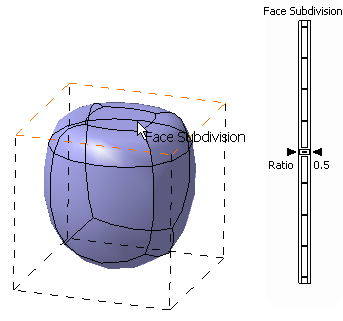
 to open the Subdivision Ratio dialog box and define the ratio
between 0.1 and 0.9. The field dynamically updates whenever you move the
slider and vice-versa.
to open the Subdivision Ratio dialog box and define the ratio
between 0.1 and 0.9. The field dynamically updates whenever you move the
slider and vice-versa.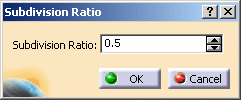

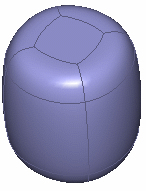
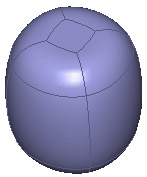
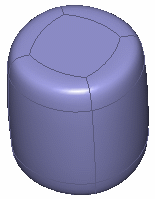

![]()




